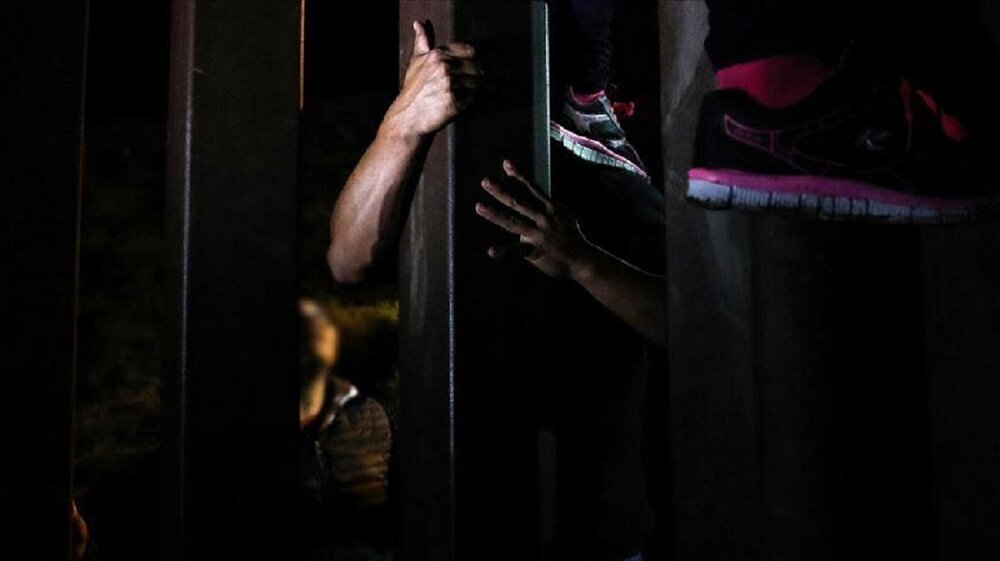Hawzah News Agency –Anglican clergyman in Tanzania’s Indian Ocean Zanzibar archipelago has condemned the slave trade as “the worst crime” ever committed by humans against fellow humans and urged the world to reject all forms of modern-day slavery.
The Christ Church Anglican Cathedral, perched at the heart of Stone Town, is a symbol of remembrance to the men, women and children sold into slavery.
The massive cathedral built on the former slave market also serves as a reminder of the Anglican church’s role in abolishing the East African slave trade and its contribution to the spread of Christianity.
Reverend Charles Majaliwa of the Zanzibar diocese said although the slave trade left an indelible stain on the history of Zanzibar, it is a stark reminder for everyone to reject modern-day slavery.
“The impressions that struck me very strongly when I visited the pits that slaves were kept before sale, is the deplorable physical conditions. There would be 75 men women and children crammed together in there,” he told Anadolu Agency.
Majaliwa said the fact that the Anglican church is built on the site of the slave market where slaves were chained in small rooms without food while waiting to be transported is a symbol that faith triumphs over human suffering.
According to Majaliwa, looking at the real shackles at the Zanzibar museum that were used for tying slaves is a grim reminder of the suffering that people went through.
“When I touched the actual chains, I was rendered absolutely speechless,” he said.
Majaliwa spoke out strongly against modern-day slavery where people across Africa fleeing poverty are subjected to heinous abuses at the hands of smugglers.
“How could you treat people in such a horrible condition as if they’re not human beings?. I just found the whole experience horrific,” he said.
The slave trade became the mainstay of the Zanzibar economy. Plantation owners who grew cloves and coconuts depended on slave labor. Slaves were used as domestic servants, soldiers, caravan porters and concubines.
The story of slavery and the slave trade, observers said, has left a dark legacy on Zanzibar, an archipelago off the coast of Tanzania in the Indian Ocean and a home to 1.7 million -- majority Muslims.
As you stroll around the church, a cursory glance of statues of slaves shackled together with a chain around their necks rekindles memories of atrocities that men, women and children who were captured and sold into slavery suffered.
Known as the Slave Market Church, the cathedral was built by a missionary society established by members of the British Anglican church.
The cathedral’s altar is pointedly built on the exact spot where the slave market’s main whipping post once stood to symbolize faith’s triumph over human suffering.
Darker history
The heart of Zanzibar, built of stone is a tangle of narrow streets. The stone town was host to one of the world’s last open slave markets, presided over by Arab merchants until it was shut down by the British in 1873. The slaves were shipped to the tiny island in dhows from the mainland crammed so tightly that many fell ill and died.
As the center for African slaves who were brought from the interior by Arab traders who often purchased their captives from warring tribes, the history of Zanzibar has its darker side.
As you walk outside the church there is a museum dedicated to the slave trade, along with a stone monument to the slaves -- four human effigies inset in the ground.
Visitors can also see small chambers where slaves were kept in horrid conditions.
Tour guide Salum Ali Saleh told Anadolu Agency that most slaves who were transported from faraway places suffered and some died of exhaustion, diseases and malnourishment.
According to him, slaves were often led outside and lined up in order of size. They were then tied to a tree and whipped with a stinging branch to test their bravery.
“Those who did not cry or faint as they were being whipped fetched a higher price at the market,” said Saleh.


Your Comment